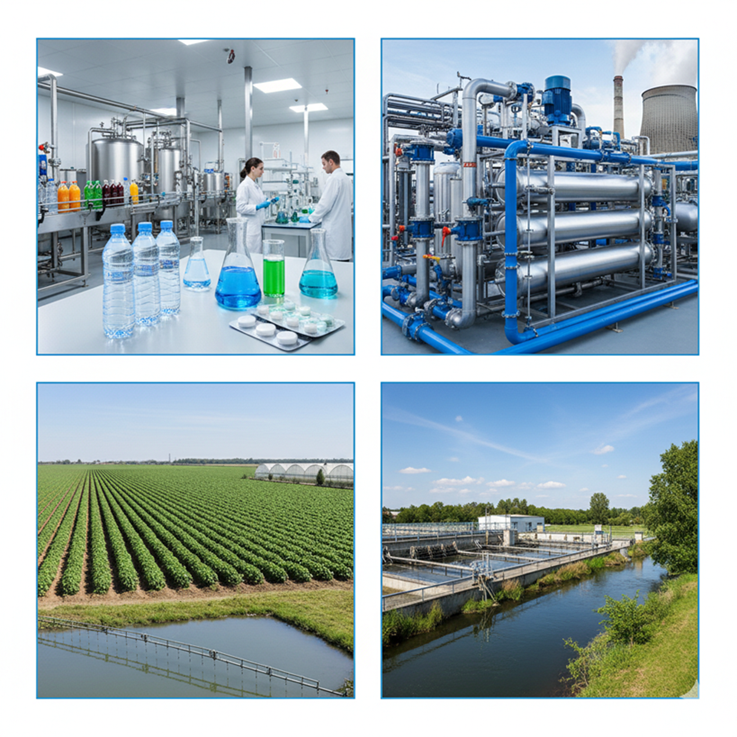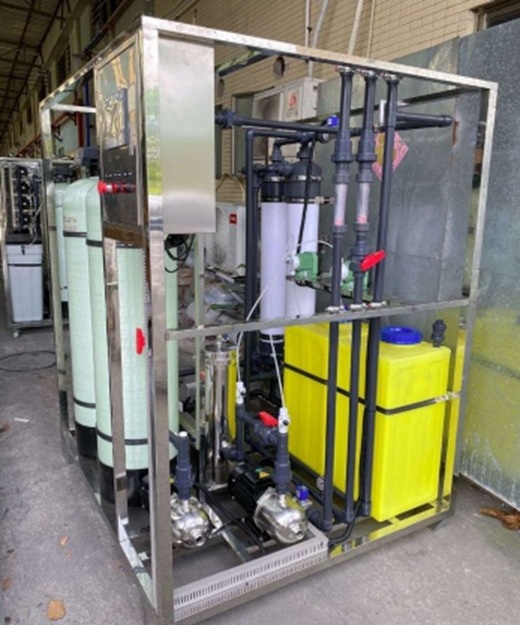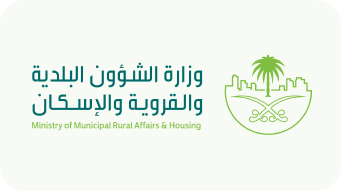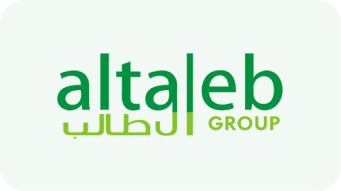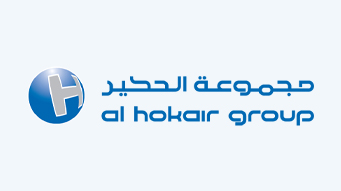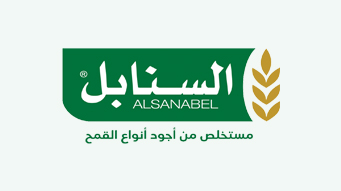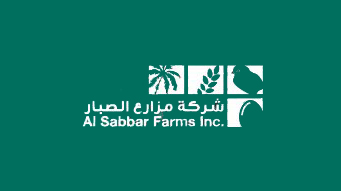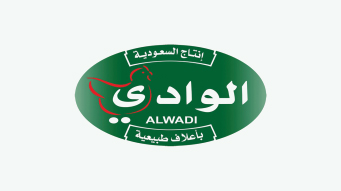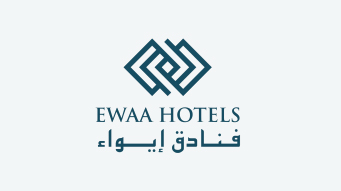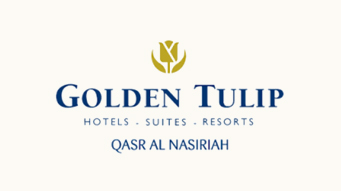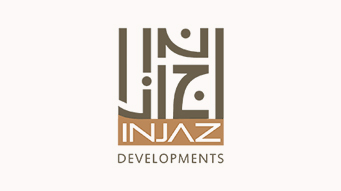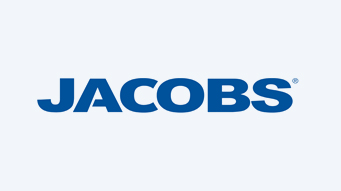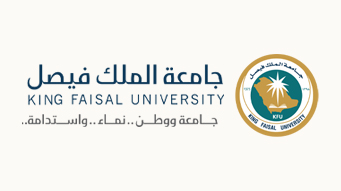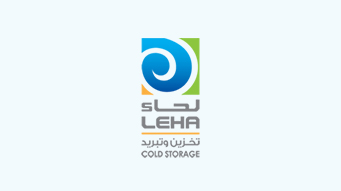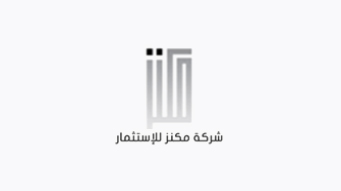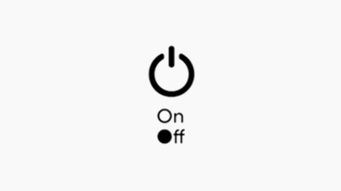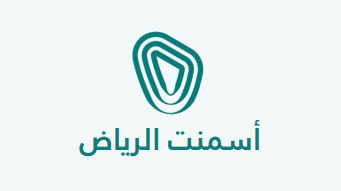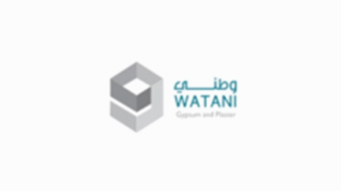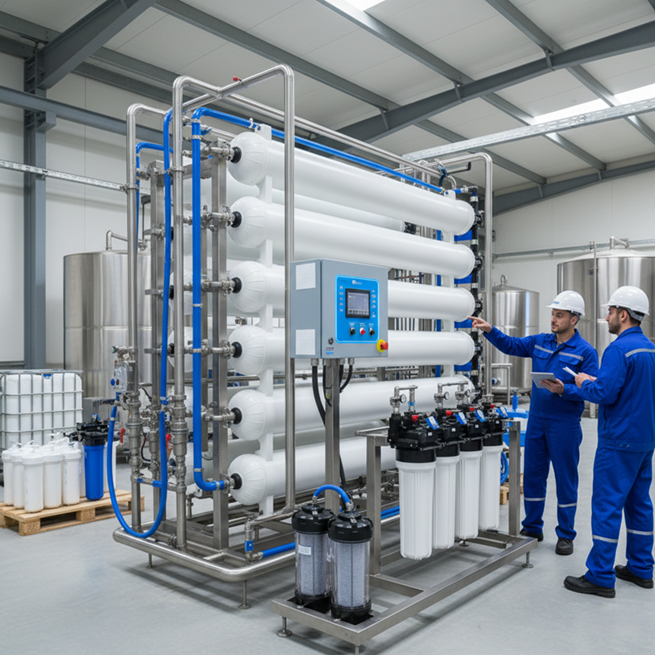
Maintenance and Operation of Commercial RO Systems
Maintaining commercial reverse osmosis (RO) systems is critical to ensuring their optimal performance and longevity. These systems are often more complex than residential units and require regular and detailed maintenance due to the large volumes of water they process.
Routine maintenance tasks typically include cleaning the osmosis membranes, inspecting water softener components, and replacing filters. Contracting a specialized maintenance service or having an in-house team specifically trained for RO systems can significantly improve operational efficiency.
Learn about all applications of commercial RO systems
Maintenance Requirements
Routine maintenance of RO systems includes a variety of tasks aimed at preventing breakdowns and ensuring consistent water quality.
- Cleaning and Flushing: Cleaning and flushing the membranes is critical to preventing the buildup of dirt and sediment. That can reduce efficiency.
- Systems often require a cleaning-in-place (CIP) process to remove contaminants from the membranes. The duration may vary depending on factors such as water chemistry and the type of dirt present.
- Filter Replacement: Primary and secondary filters should be replaced every 12 to 24 months. With an average of 18 months, to maintain water quality and system performance.
Water Quality Checks
Periodic checks for parameters such as iron, hardness, and chlorine are critical to ensuring the reverse osmosis system is operating according to specifications.
Operational Efficiency
To maintain high operational efficiency, continuous monitoring of system parameters, including pressure, flow rates, and water quality, is crucial. Implementing automated monitoring and control systems helps detect any deviations from normal operations, allowing for timely corrective action. Compliance with industry regulations and standards is also critical to avoid legal complications and ensure the safety of the produced water.
Preventive Maintenance
Preventive maintenance helps extend the life of reverse osmosis systems and can prevent costly repairs and production downtime.
- External System Checks: Check for leaks or damage to tanks, pipes, and valves.
- Monitoring Calibration: Regular calibration of sensors and monitors ensures accurate readings of water quality parameters.
- Staff Training: Staff training enables early identification of potential problems and effective management of maintenance schedules.
By adhering to a comprehensive maintenance plan, commercial reverse osmosis systems operate efficiently, providing a reliable source of clean drinking water while minimizing environmental impact.
Key Performance Indicators (KPIs)
Key performance indicators (KPIs) are essential for evaluating the effectiveness and efficiency of commercial reverse osmosis systems. These metrics help operators ensure that systems meet required performance standards while maintaining regulatory compliance.
Resource sustainability is a key pillar in the development of modern reverse osmosis systems. To address the dual challenges of energy consumption and water waste, innovative technologies such as highly efficient energy recovery devices have emerged. These devices recycle the pressure of rejected (concentrated) water to reduce the load on the main system pumps, reducing energy consumption by up to 40%. Waterway and membrane designs have also evolved to achieve higher water recovery rates. In some applications, energy savings exceed 80%, significantly reducing wastewater consumption. These innovations not only translate into direct financial savings, but also enhance corporate image and compliance with environmental, social, and corporate governance requirements, making reverse osmosis a strategic investment.
Energy Consumption
Energy consumption is an important KPI that impacts both the operational costs and environmental impact of reverse osmosis systems. Current commercial reverse osmosis facilities typically exhibit energy consumption rates ranging from 20 to 45 kWh per cubic meter treated, depending on factors such as plant capacity, feedwater quality, and energy recovery technology. Lower energy consumption rates indicate a more efficient system, contributing to cost savings and a reduced carbon footprint.
Water Recovery Rate
Water recovery rate is a key performance indicator for reverse osmosis systems, typically ranging from 50% to 80% in commercial applications. The recovery rate refers to the percentage of feedwater that is converted to filter water (clean water), with higher rates indicating less water loss. Proper design considerations, including feedwater chemistry and pretreatment processes, are essential to achieving optimal recovery rates. Recovery rates that are too high can lead to problems such as membrane sedimentation and fouling, which impact system performance.
Total Dissolved Solids (TDS) Reduction
TDS reduction capacity is another critical KPI that reflects a system’s effectiveness in removing contaminants from water. High-performance reverse osmosis systems are designed to significantly reduce TDS levels, ensuring that the produced water meets the quality standards for its intended use. This metric is vital for assessing a system’s ability to provide high-quality drinking water or water for industrial uses.
Operating Costs
Analyzing operating costs, including energy consumption, membrane replacement cycles, and chemical usage, provides insight into the overall cost-effectiveness of a reverse osmosis system. It is essential to evaluate the total costs of ownership, which include initial investment, installation, and ongoing operating expenses. This analysis helps operators make informed decisions regarding system upgrades or replacements to enhance financial sustainability.
Compliance and Quality Assurance
Compliance with industry regulations and quality assurance standards is critical to the success of Reverse Osmosis Systems. This includes verifying material certifications, warranty terms, and external test reports. Ensuring compliance with these standards not only mitigates legal risks but also reflects a commitment to water quality and safety. By closely monitoring these key performance indicators, operators can improve the performance of commercial reverse osmosis systems. Achieve higher operational efficiency, and contribute to sustainable water management practices.
The Role of CareWater Foundation in the Full Lifecycle of Reverse Osmosis Plants
Our role is not limited to simply supplying reverse osmosis units. We offer a comprehensive solution that encompasses the entire lifecycle of the plant. This begins with a meticulous engineering design phase that takes into account the customer’s site specificity, source water quality, and intended consumption needs, ensuring the optimal balance between efficiency and cost. This is followed by a professional installation phase that adheres to international quality standards. Our specialized technical team builds and commissions the system to ensure it performs to the highest standards from the outset.
Most importantly, we are committed to a sustainable partnership with our customers by providing a comprehensive package of post-delivery operation, maintenance, and technical support services. We don’t abandon our clients after plant installation. We offer periodic maintenance contracts that include continuous monitoring of system performance, immediate alerts to any deviations in key performance indicators, and timely implementation of preventive and corrective maintenance plans. Through this comprehensive approach, we not only ensure stable, long-term plant operation but also contribute effectively to reducing the total cost of ownership and maximizing return on investment for our clients, while ensuring the continued reliable production of high-quality water.
Conclusion
Successfully managing commercial reverse osmosis systems is a complex task based on an integrated approach. That combines meticulous technical care with smart, proactive management. By adhering to a strict preventive maintenance program, which focuses on membrane care and timely filter replacement, stable performance and a longer system lifespan can be ensured. Continuous monitoring of key performance indicators—such as energy efficiency, water recovery rate, and salt reduction capacity—is essential for assessing the operational and economic efficiency of the system. These practices not only ensure the quality of the produced water and compliance with regulations, but also promote environmental sustainability by rationalizing energy consumption and reducing water waste. Therefore, investing in a comprehensive maintenance plan and adopting a culture of monitoring and analysis is not merely an operational expense. Rather, it is a fundamental pillar for ensuring system reliability, reducing long-term costs, and contributing to achieving sustainable water security.

